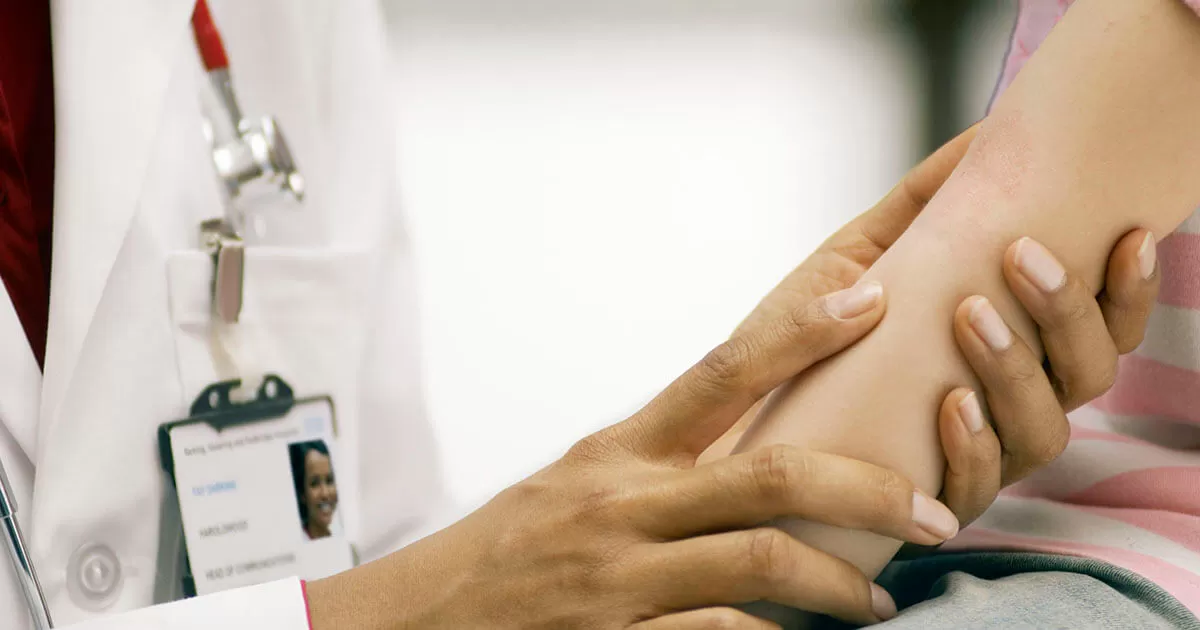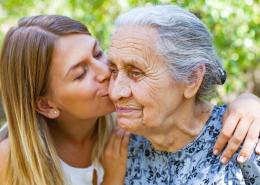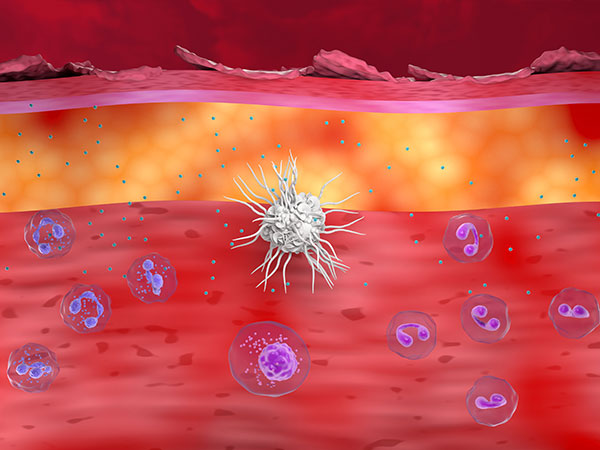Dry and Itchy Skin, or Is It Eczema?

No one likes having dry, scaly, or itchy skin. And though it may seem like a problem that comes with cold or dry weather, or simply a need to moisturize, it may also be a sign of a medical condition called atopic dermatitis. Atopic dermatitis, a type of eczema, is a non-contagious, inflammatory skin disease characterized by unrelenting itch that can affect a person’s quality of life.
More than 30 million Americans have some form of eczema, which can cause skin to become dry, red, and itchy. Atopic dermatitis causes patches of rash commonly located on the face, inside the elbows and behind the knees, and on the hands and feet, but it can appear anywhere on the body. And while there is no cure for the condition, atopic dermatitis can be managed with treatment and lifestyle changes.
Atopic dermatitis is commonly seen in babies and children. Childhood eczema frequently subsides with age, but in many cases the condition persists into adulthood. Though its cause is not clearly understood, the condition typically runs in families. It’s also commonly seen in those who suffer from asthma and allergies or who have family members who have asthma or allergies.
General Symptoms
The rash that comes with atopic dermatitis may look different and affect various parts of your body from time to time. The patches can look pink to red, and in more severe cases, the skin can ooze, form small bumps or become crusty. Over time, affected patches of skin may become thick and dark; these patches can itch all the time, even without an eczema flare.


The condition can also appear differently in various age groups. Infants tend to initially get patches on the face or elbows and knees though it can appear on other areas of the body. Their skin may look red, dry and scaly. You may notice them rubbing against bedding or carpeting to scratch the itch.
Older children may have patches on the knees and elbows, scalp, feet, behind the ears, on the hand, neck, wrist, ankles or leg crease. In more severe cases, it can cover most of the body. In some children, symptoms will go away for a period of time, only to come back later in life, when environmental factors, stress, and the use of irritating skin care products or cosmetics can cause the disease to flare again.
In adults, atopic dermatitis can affect all the areas seen in children, though there is often more involvement of the neck and face (especially around the eyes), hands and feet.
One of the most worrisome symptoms of atopic dermatitis is the itch. It can be mild, moderate, or in some cases more severe. Sometimes the itch may be so bad that you scratch your skin until it bleeds. This can make your rash even worse, leading to yet more inflammation and itching. This is known as the itch-scratch cycle.
Itching can affect sleep for both the person with atopic dermatitis and their caregivers, especially parents of children with the condition. Scratching resulting from the itch can lead to secondary infections.
The scratching, visible rash and sleep deprivation associated with eczema can negatively impact school or work performance, which can lead to bullying and teasing in children and adolescents as well as difficulty participating in sports or other recreational activities.
Diagnosis and Treatment
In order to make a diagnosis of atopic dermatitis, your primary care doctor will look at your skin, ask questions about family history, and may take samples of skin or fluid from the affected area. You may also be referred to a dermatologist for diagnosis or treatment.
There are several treatments that can help, including prescription topical creams and ointments. Sometimes an oral antihistamine can be used (many are available over the counter). An antibiotic may be prescribed if your skin becomes infected. In some cases, light therapy (a medical treatment in which your skin is carefully exposed to ultraviolet light) or oral medication aimed at reducing inflammation in the skin may be prescribed.
So if you think you may have atopic dermatitis, talk with a healthcare professional, to get on the right treatment plan for you.
What Else You Can Do About It
Taking care of your skin proactively may also help manage atopic dermatitis. Here are some things you can do:
- To help reduce dryness, apply a fragrance-free moisturizing cream to damp skin immediately after bathing; short, cooler baths are better than long, hot ones.
- Keep fingernails short to decrease the chance of infections caused by scratching; wear gloves or socks over your hands during sleep.
- Avoid strong detergents, as well as chemicals and solvents; use gentle body washes and cleansers, instead of regular soap.
- Talk to your healthcare provider to see if your child should avoid foods that may cause an allergic reaction.
[1][2][3][4][5][6][7][8][9][10][11][12]
References
- 1. National Eczema Association. Itching for relief? Accessed September 27, 2016.
- 2. National Eczema Association. Eczema. Accessed September 27, 2016.
- 3. MedlinePlus. Eczema. Accessed September 27, 2016.
- 4. American Academy of Dermatology. Atopic dermatitis: signs and symptoms. Accessed September 27, 2016.
- 5. MedlinePlus. Atopic dermatitis. Accessed September 27, 2016.
- 6. National Eczema Association. Get the info you need to manage your child’s eczema. Accessed September 27, 2016.
- 7. National Institute of Arthritis and Musculoskeletal and Skin Diseases. Atopic dermatitis. Accessed October 7, 2016.
- 8. National Eczema Association. You’re not alone. Accessed September 27, 2016.
- 9. National Eczema Association. Students with eczema have lowered self-esteem due to bullying. Accessed October 10, 2016.
- 10. National Eczema Association. Eczema: tools for school. Accessed October 19, 2016.
- 11. Magin P, Adams J, Heading G, Pond D, Smith W. Experiences of appearance-related teasing and bullying in skin diseases and their psychological sequelae: results of a qualitative study. Scand J Carin Sci. 2008; 22: 430-6. doi:10.1111/j.1471-6712.2007.00547.x.
- 12. American Academy of Dermatology. Atopic dermatitis: diagnosis and treatment. Accessed September 27, 2016.






